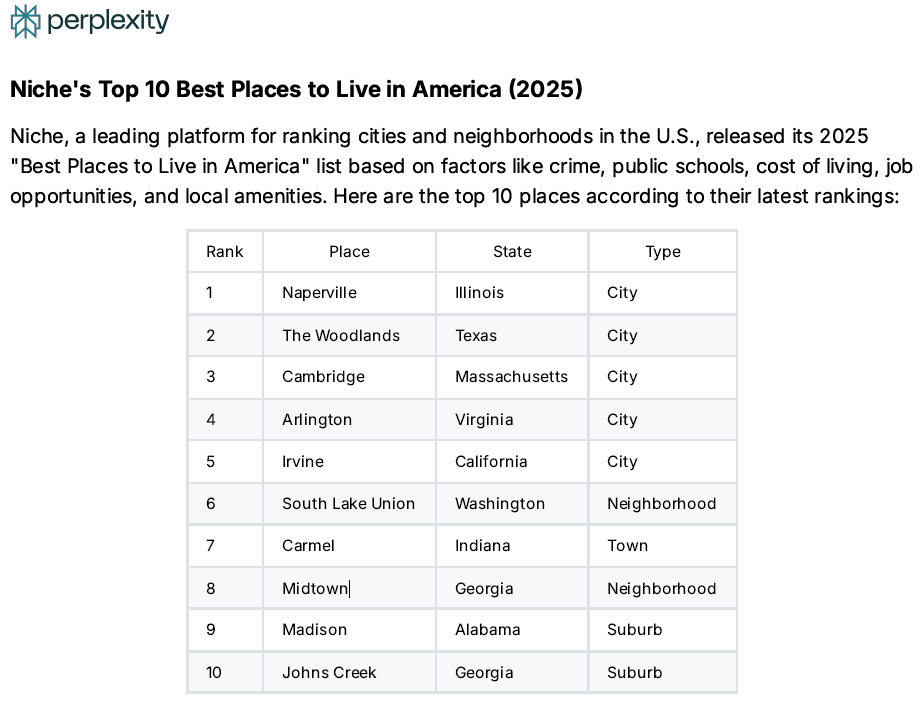Living freely includes the ability to move.
Where we live is a choice. Job opportunity, higher human capital, and a preferred living standard put people in trains, planes, and automobiles. Wellness, being near family, and better education for the children are non-economic buttons many tap. Covid, motivated moves.
Being able to vote with one’s feet is a halo hovering over a free person. Just knowing and appreciating its value is beneficial.
Here we talk about the economics of moving because it is easy to measure.
Three examples:
Two new job opportunities for a 23-year-old single: Houston and Boston. Boston offers a higher salary and a higher standard of living. The Boston choice reduces her living standard by 23%. Boston is her choice because she grew up there. The reduction in living standard is an economic measure of the value of her family. Think of it as the price she will pay for being back home.
A San Jose tech couple can work from home but wants to actually afford a home. They keep their salaries and move to an Austin suburb. The Austin choice increases their living standard by 45%. Everything is bigger in Texas.
A recently retired rural Alabama couple, type A life planners, love the beach and love golf. Both are 65 years old. Find a spot in a North Miami continuing care retirement community. High-end. The move is expensive. The Miami choice reduces their lifetime living standard by 18%. Their view of the cost: less inheritance for the children and grandchildren.
I mentioned easy to measure. Most personal finance writers miss the key point: moving involves understanding the trade-offs. The how-to measure location specific living standards for your household is detailed in Chapter 4 of our book.
Take a look at where you live today. Employed or retired, you have financial resources, tax obligations, employee benefits, government benefits, and a “cost of things” you consume. Your basics and your wants. Your living standard is inferred from spending needs and wants, and it is geographically related. Living in midtown NYC is very expensive, but who cares if your income is very high and no other place in the world can replicate your NYC human capital or experience? Working from home changes the calculus for the better. Still pay taxes on income, but the price per square foot for living space differs in St. Louis and nearly every other U.S. city.
Ordering Factors Important to Moving
What are the “must” considerations?
The ability to produce after-tax income and wealth
Proximity to family and durable personal relationships
Localized cost of living
The cost of living is often a driver of choice. I’ve grown accustomed to Best Places for the information. But, it is one piece of a larger puzzle. Given our talents and interests, our ability to produce an income is less discussed. Because jobs may trigger employer benefits and taxes, the net effect of moving on income and spending jointly determines the best economics.
Top 10 Best Places to Live (2025)
You may be living in your choice locale. What U.S. spots are popular? There is always a top 10 list. Niche magazine has one. It doesn’t mean moving there is a great idea for every family.
But, here you go:
Your choice is more complicated because your details matter.
I will coach you through it. Schedule a free 15-minute session with me to see if it is the right fit for you.
BTW: I’ve added a tab to the menu with three short essays on geographic choice.







Though I am not living in un the US this is a very relevant topic to nearly every country and something that is for sure overlooked to often. It shows again that there exist more aspects in personal finances we need to include in our financial planning. Thank you for this insightful post 😊
You must have overlooked beautiful West St Paul. See here: https://youtu.be/XfVZHpyx1OI?si=gAWlj0v8RKBcI2s8